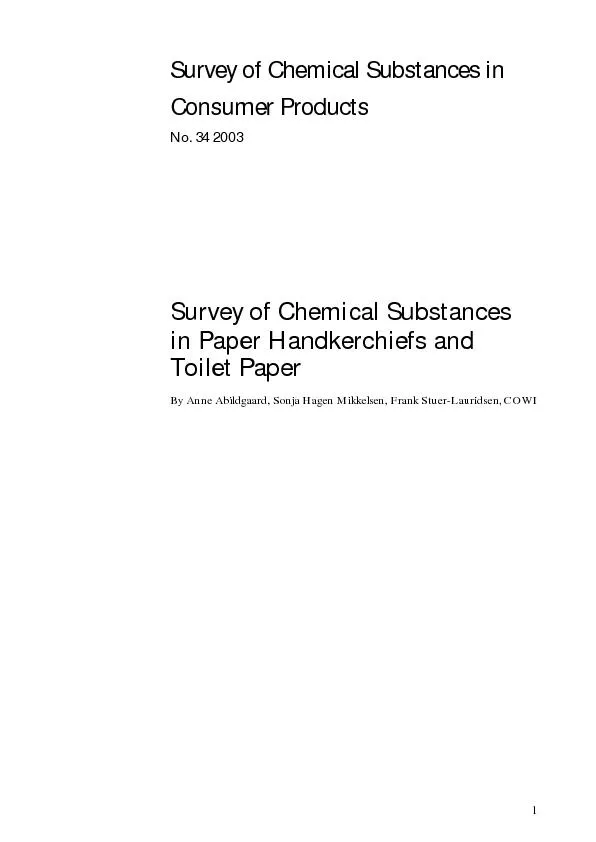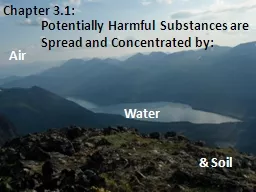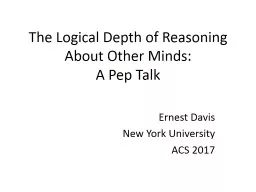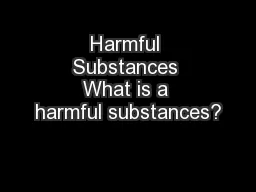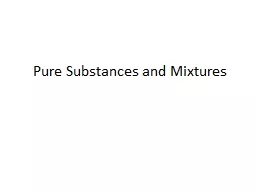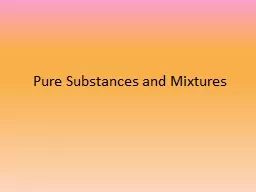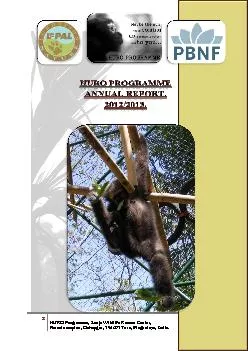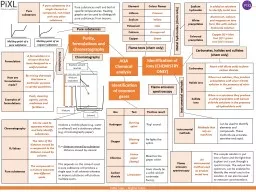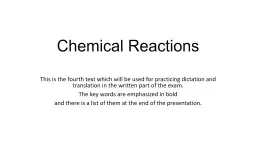PDF-Survey of Chemical Substances inBy Anne Abildgaard, Sonja Hagen Mikkel
Author : lois-ondreau | Published Date : 2016-04-21
1 2 3 Table of contentsTABLE OF CONTENTS3SUMMARY AND CONCLUSIONS9EALTH EVALUATION101HE METHOD USED IN THE PROJECT132THE MANUFACTURE OF PAPER HANDKERCHIEFS ANDTOILET
Presentation Embed Code
Download Presentation
Download Presentation The PPT/PDF document "Survey of Chemical Substances inBy Anne ..." is the property of its rightful owner. Permission is granted to download and print the materials on this website for personal, non-commercial use only, and to display it on your personal computer provided you do not modify the materials and that you retain all copyright notices contained in the materials. By downloading content from our website, you accept the terms of this agreement.
Survey of Chemical Substances inBy Anne Abildgaard, Sonja Hagen Mikkel: Transcript
Download Rules Of Document
"Survey of Chemical Substances inBy Anne Abildgaard, Sonja Hagen Mikkel"The content belongs to its owner. You may download and print it for personal use, without modification, and keep all copyright notices. By downloading, you agree to these terms.
Related Documents

